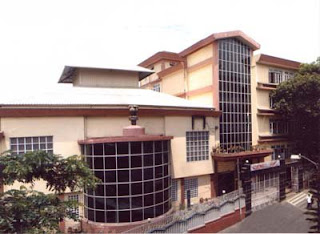Bally's Casino playing host to India's premiere poker tournament
In the past decade or so, poker has crawled out of the back rooms and has become one of the most watched sports in the world. The evolution of poker into a worldwide phenomenon has led to people from all walks of life trying their hand at the felt. These days, it’s not surprising at all to see both professional poker players and novice college students playing at a table in the World Series of Poker. In fact, a college student named Pius Heinz, once managed to win the 2011 WSOP Main Event and took home over $8.7 million in cash winnings.The mainstream popularity of the 200-year old card game has been helped along with extensive coverage from major TV networks like ESPN and the sheer reach afforded by the internet to poker bloggers and online news sites.
Nowadays, all you need to do to get your poker fix is to go online. Don't have the money to play for real cash? Play a few hands on Facebook instead. You can even get updates on the go from PartyPoker on Twitter.
Since the game is taking the world by storm, Asia has not been spared by the poker craze. Players from all over India can participate in all of the drama and action at the felt this September when the five-day-long Indian Poker Championships kicks off. The event, which was originally slated for July, will take place at Bally’s Casino, the biggest casino in Sri Lanka’s state capital Colombo.
This year marks the first time the tournament goes international, so the IPC is pulling out all the stops. IPC players can enjoy hotel packages and deals thanks to IPC’s tie-ups with some of the city’s best hotels and spas.
The Indian Poker Championships will start with a 3k Turbo Mega Satellite w/ Re-Entry on September 4th and will culminate in an INR 25,000 Main Event to be held on September 7th and 8th. A 10k Deep stack Turbo w/ Re-Entry game will also take place during the last day of the tournament.







 (Left) Trees have been cut down for the construction of a camp by the
Myanmar Army at Holenphai village in Manipur; a Myanmar Army officer
talks with Indian officials, near Moreh - the border town of Manipur.
(Left) Trees have been cut down for the construction of a camp by the
Myanmar Army at Holenphai village in Manipur; a Myanmar Army officer
talks with Indian officials, near Moreh - the border town of Manipur.






